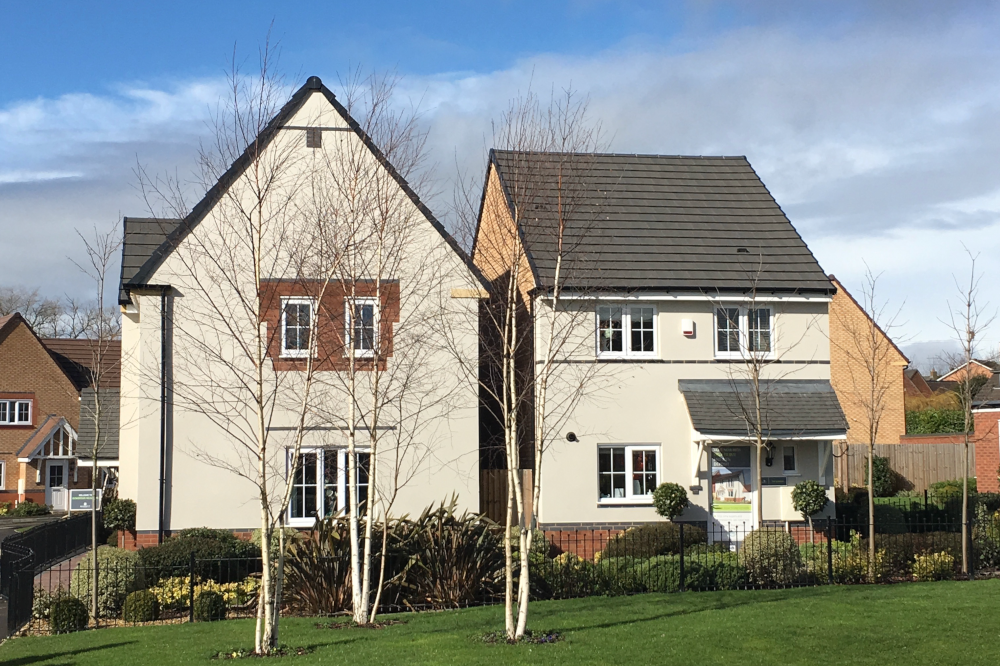As part of the Planning and the Broken Housing Market Inquiry, the Public Accounts Committee (PAC) recently published a report, New Housing in Jeopardy, highlighting serious flaws with the planning system and its ability to meet government’s target of 300,000 new homes per year.
The report found that:
- Ministry lacks an adequate plan explaining how it will meet its highly ambitious 300,000 new homes a year target
- Poor performance in the planning system is delaying progress
- Ministry and local authorities are not doing enough to prevent poor build quality in new homes
It also stresses the role of supporting infrastructure for delivering new housing developments, including contributions to infrastructure. It states that all too often the system to get contributions favours developers at the expense of local communities.
The PAC is investigating the housing market, reiterating previous concerns around England’s long-running housing shortfall and its consequences: homelessness, rent affordability and preventing people from getting on the property ladder.
The Chair of the Inquiry commented: “Progress against the government’s annual new house building target is way off track and currently shows scant chance of being achieved.
“The Government has set itself the highly ambitious target of building 300,000 homes a year by the mid 2020s – levels not seen since World War two – even though there is no clear rationale for this figure and the Ministry themselves say only 265,000 new homes a year are needed. Government needs to get a grip and set out a clear plan if it is not to jeopardise these ambitions.”
Potential for Custom and Self Build
The main recommendation of the report is for the Ministry of Housing, Communities and Local Government (MHCLG) to publish a single, publicly-available document by October 2019 that sets out how MHCLG plans to meet this target.
However, NaCSBA notes that, so far, the custom and self build sector is not referenced, despite the fact that the Independent Review of Build Out report confirmed that custom and self build and speculative new build were separate markets.
Effectively, this acknowledges that custom and self build delivers valuable, additional supply, and that the sector’s potential to contribute to alleviating the crisis is not yet fully recognised within the work. NaCSBA expects its views to be included within a response.
Brian Berry, Chief Executive of the Federation of Master Builders commented on the lack of small sites being brought forward through local plans as being a distinct barrier for small to medium-sized house builders to contributing to meeting this target. Many of the houses they build will be for those commissioning their own home.
“SME house builders are continuing to face numerous barriers to increasing their capacity to build the homes that are needed. The report finds that, as of December last year, only 44% of local authorities had an up-to-date local plan which is truly disappointing.
“By allocating small sites for housing delivery in their local plan, local authorities will be reducing the burden of uncertainty for the nation’s small house builders, and therefore speeding up housing supply through better diversifying the sector.
“Furthermore, we must not forget the highly positive impact that these local businesses have on their areas, offering employment and training opportunities to local people.”
Housing policy background
The Ministry of Housing, Communities and Local Government (MHCLG) sets national policy for the planning system in England, which and local authorities must implement. MHCLG is making changes to facilitate the delivery of 300,000 new homes per year, to assist English authorities establish how many homes they will need, their type and where to build them.
A National Audit Office (NAO) report found serious flaws in the planning system, saying that it cannot demonstrate that it is meeting housing demand effectively. Between 2005-06 and 2017-18, new homes built averaged 177,000 per year and the NAO found we need a 69% increase in the average number of new homes to meet the 300,000 target. However, the number of new homes built per year has never exceeded 224,000 in a decade.
The NAO also found that local authorities are struggling to produce the local plans needed to deliver new homes, with only 44% having an up to date plan in December 2018.



